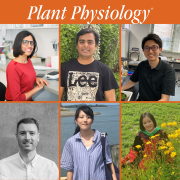
Plant Physiology Spotlights October First Authors
Blog, Community, Plant Physiology: Author ProfilesIn October, we published many innovative manuscripts in Plant Physiology. Behind the manuscripts are researchers, professors, professionals and students dedicated to advancing the field of plant science. You’ve seen our First Authors on Twitter and Facebook— now, read more about why they chose…

The Plant Cell Features October First Authors
Blog, Community, The Plant Cell: Author ProfilesBehind those manuscripts are researchers, professors, professionals and students dedicated to advancing the field of plant science. You’ve seen our First Authors on Twitter and Facebook— now, read more about why they chose to pursue plant sciences and click on the links to read their articles.
Yi…
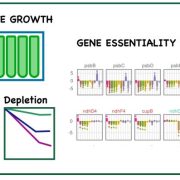
A CRISPRi library screen reveals growth-robustness tradeoffs in Synechocystis
The Plant Cell: In a NutshellMiao & Jahn et al. generated and screened a large CRISPRi-based library of Synechocystis in 11 different growth conditions to reveal growth-robustness tradeoffs and to discover genes with condition specific importance and additional functions.
https://doi.org/10.1093/plcell/koad208
By Rui…

Prospects of Single Cell Transcriptomics in Plant Biology Research
Blog, EducationIn recent years, plant single-cell transcriptomics has been developing rapidly and enabling researchers to study plant organs with high resolution and high throughput information. Single cell transcriptome technology was first reported in 2009 (Tang et al.,2009) and as the name suggests, single cell…
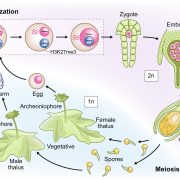
Review: Paternal imprinting in Marchantia polymorpha
Plant Science Research WeeklyHumans and flowering plants spend most of their lives in a diploid state with two copies of each chromosome in most cells, but to reproduce they produce haploid gametes through meiosis. By contrast, bryophytes (liverworts, hornworts, and mosses), spend most of their lives in the haploid state. They produce…
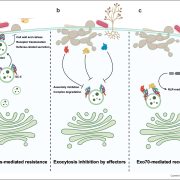
Review: The exocyst complex is targeted by pathogen effectors
Plant Science Research WeeklyThe exocyst complex is a conserved octameric protein complex in eukaryotic cells. Its primary function is to tether secretory vesicles to the plasma membrane during the exocytosis process, and it is also involved in autophagy and host-pathogen interactions. Intriguingly, EXO70, one of the subunits of…
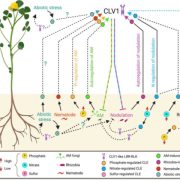
Review: CLAVATA signaling in plant-environment interactions
Plant Science Research WeeklyCLAVATA 3/EMBRYO SURROUNDING REGION-related (CLE) peptides and CLAVATA type receptors have been well charecterized for their role in root and shoot apical meristem maintenance in Arabidopsis. CLE peptides are also referred to as “peptide hormones” for their role in contolling physiological and developmental…
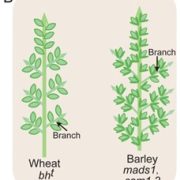
Review: Increasing yields of barley and wheat through inflorescence architecture
Plant Science Research WeeklyThe Triticeae is an important tribe of crops that contains both barley and wheat. As the global population increases, the yield of Triticeae crops must increase to meet global food demands. An important factor influencing yield is grain number per spike, which is affected by inflorescence architecture.…
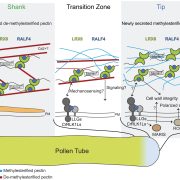
RALF4 prevents pollen tubes from growing crazy
Plant Science Research WeeklyPollen tubes are characterized by extremely fast elongation growth. Previously, small peptides known as RALFs (RAPID ALKALINIZATION FACTORs) were identified as signaling peptides, some with a role in pollen tube growth; for instance, RALF4/19 are important in maintaining the cell wall integrity of pollen…

